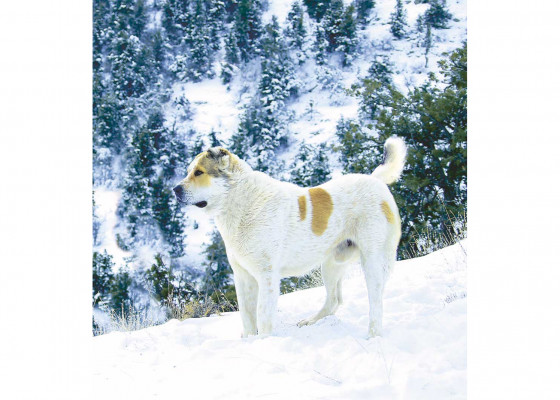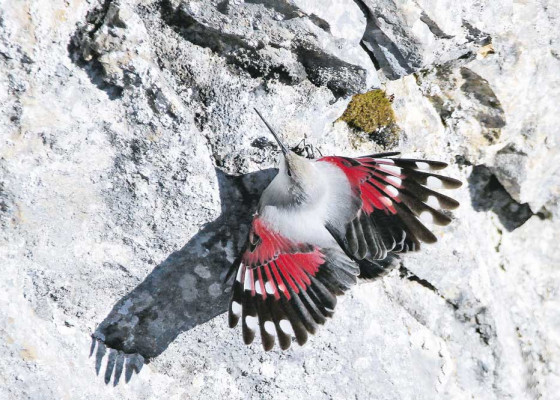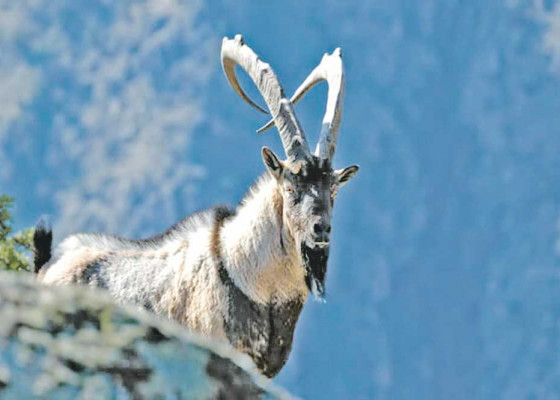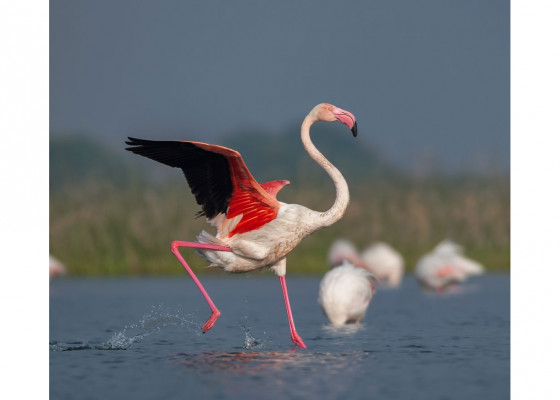Golden Eagle — a Rare Eagle Species
The nobility of this feathered predator shines through in its appearance and manifests itself through its behaviour and habits. It is not accidental that the coats of arms of many countries feature the golden eagle that belongs to the large eagles. This rare and beautiful bird is of particular interest because it nests closer to the winter, lays eggs in February-March, and sometimes even in January – the coldest months in Turkmenistan. But the birds continue feeding the chicks after 45 days of incubation for a little more than two months during a comfortable period – in the spring, when there is a lot of food. The parents take care of the offspring until they fly out of the nest, bring the ground squirrels they have caught, sometimes hares, foxes, mountain partridges – chukars and various waterfowl. Their diet also includes turtles: these smart birds have learned to break their hard shells on the stones of deep echoing gorges or rocky mountain plateaus. They also catch monitor lizards on occasion. We should explain that this is a quite large bird. Its wingspan can be 2 metres, its claws are unmatched among eagles in size, and it can be recognised by a large “cap” on its head with elongated golden-yellow feathers. There are known cases of golden eagles hunting young gazelles, lambs of mountain sheep and goats. But never on adult ungulates: the golden eagle, whose weight i


















